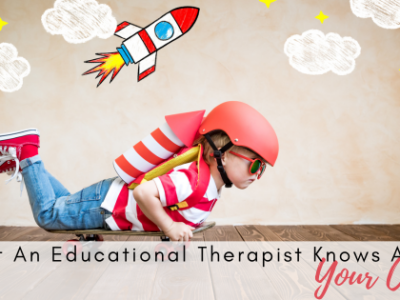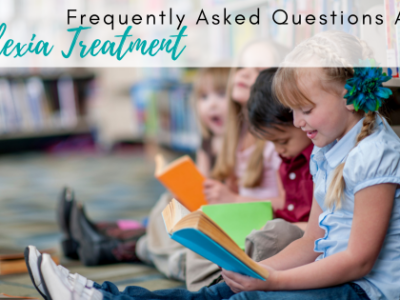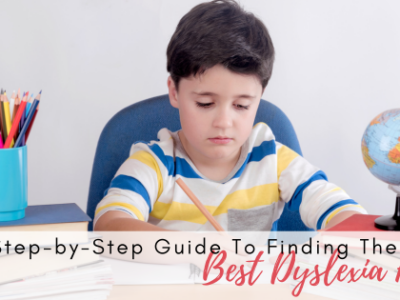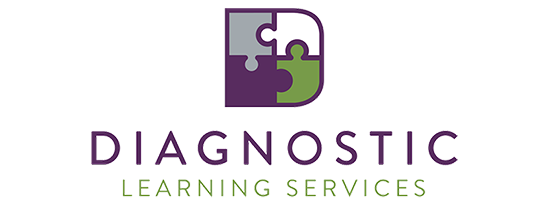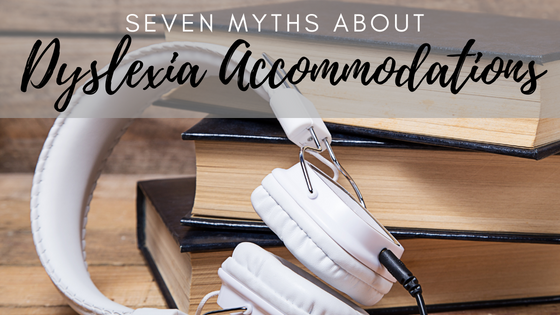
Seven Myths About Dyslexia Accommodations
Students with dyslexia contend with a number of challenges. Struggling to read can become the first step of an educational experience marred by disappointment and frustration. Thanks to federal law mandating that all children have full access to education, dyslexia accommodations are available to help mitigate the impact of the learning difference.
While these accommodations have been overwhelmingly helpful to students with dyslexia, there are many misunderstandings about what they offer and how they work.
Myths About Dyslexia Accommodations
Accommodations take the place of intervention: While accommodations can help a child with dyslexia learn in the classroom, they are not designed to help the dyslexic child overcome their learning differences. Effective, intensive dyslexia therapy offers the best chance for neurodivergent children to reach their full educational potential.
Accommodations just dumb down the information the other students learn. Accommodations don’t do anything to change what dyslexic children are learning, they only change how the information is presented. Dyslexic students are still expected to learn the same information as neurotypical students in their grade level.
There’s only one type of accommodation. Designed to level the playing field for children with all types of learning disabilities, a wide range of accommodations are available to meet the needs of all children. Accommodations for children with dyslexia are sorted into four main categories:
- Presentation: Presentation accommodations are used when the teacher is giving instruction. Examples of presentation accommodations include audio books, posters and text-to-voice assistive technology.
- Response: Response accommodations help dyslexia children show that they understand and are learning the material that’s being presented. Examples include allowing a child to give responses orally or allowing them to use a recorder rather than writing an essay.
- Setting: Accommodations in setting may be used to reduce distractions, such as moving a child’s desk to a different area in the classroom.
- Timing and Schedule: Accommodations in this category may be changing the order of tasks or giving a child additional time to complete an assignment.
We tried it. Accommodations won’t help my child. Not every accommodation will work for every child. It’s important to work with your child’s teacher and other school staff to find the right accommodation for each child.
It’s up to the teacher if accommodations are used. Accommodations that allow children with dyslexia to learn to their full potential are mandated by federal law. Teachers and administrators have no choice but to offer necessary accommodations, no matter what disability or learning difference a student of theirs may have.
Accommodations are only available during testing. For dyslexia accommodations to be effective, it’s essential that they are an integral part of regular learning as well as testing.
Accommodations give dyslexic students an unfair advantage. Just like a ramp does not give a student in a wheelchair an unfair advantage, dyslexia accommodations do not do anything except give neurodivergent children an opportunity to learn the same material – to the same proficiency – as their neurotypical peers.
For more information about how dyslexia therapy can help your child, click here to schedule a consultation with Dyslexia on Demand.

